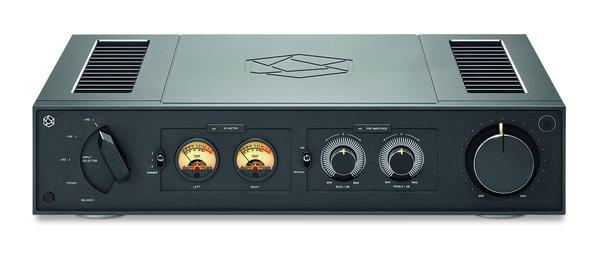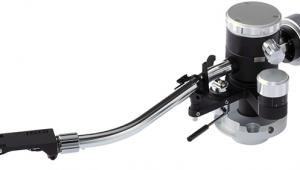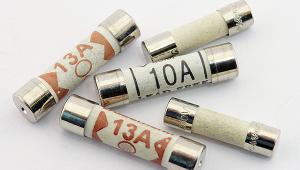When The Thrill Is Gan

Reading the review of HiFi Rose's RA280 amplifier had me thinking about the ways in which technology has developed over the decades. Modern audio enthusiasts are fairly familiar with the choice between 'solid-state' electronics and 'valve' (or 'tube' for our American colleagues). However, the full story of the choice of devices used for audio and radio kit has shown far more evolution over the decades - and is probably now evolving again.
Im-Purrfect Technology
Some UK readers will recognise the term 'cat's whisker'. This referred to the type of diode used to convert early AM radio broadcasts into an audible signal, then often heard via headphones. This device was produced by touching a small piece of a carefully chosen material with a fine point on the end of a small metal wire. The result was a 'point-contact' diode able to act as a rectifier. Initially, this was very fiddly to use, but manufacturers then developed a way to combine the material and wire together into a small package. It was then sold as a more convenient, reliable, AM detector diode.
This was, in turn, replaced by improved diodes where a 'junction' was formed inside a single physical solid block.Then came the ability to manufacture basic types of three-terminal 'transistor' using semi-conductors made from germanium. That then spawned the booming market in transistor radios, etc, back in and around the 1960s. Solid-state electronics blossomed, performance improved and this approach gradually took over as the way to build other types of electronics.
Unfortunately, germanium wasn't ideal for various reasons. As a result the next big advance was the ability to make diodes and transistors - and eventually, integrated circuits - from silicon. This material proved to be more reliable, delivered higher performance, and came from a cheaper and more abundant chemical element. The result was that for decades now solid-state electronics has widely been regarded as meaning the use of silicon transistors and 'chips'.
New And Improved
However, reviews such as the one of the RA280 are serving notice that this might be about to change. HiFi Rose's amplifier uses GaN (Gallium Nitride) devices, which have advantages when it comes to being able to cope with high power and high temperatures. Therefore, we may see this material displace silicon in many applications, just as, over the last decade or so, devices like LEDs (Light Emitting Diodes) have started to be made from various materials other than silicon in order to achieve higher output, and colours over a wider range.
As a result, hi-fi audio can expect developments made for other highly demanding applications to create new devices and materials that designers and enthusiasts can take advantage of once they become commercially available and reliable. Gallium Nitride might turn out to just be a forerunner to these.
Perhaps the most eye-poppingly extreme examples are electronic devices using materials that allow them to work in such hostile environments as when orbiting around the planet Mercury. Or ones being developed for HVDC (High Voltage DC) transmission lines. These are needed to provide flexible two-way movement of high power levels between offshore wind farms and the end consumers on shore, yet also be able to quickly adapt when power needs to be shunted to or from large-scale storage.
Even as I write, such systems are being developed and planned. For them to work reliably, solid-state devices will be needed that can cope with the high voltages and currents involved. One of the contenders is AlN (aluminium nitride), which may eventually displace others such as SiC (silicon carbide) or GaN itself.
Higher Fidelity
Lacking a TARDIS, it's difficult to say just how all this will pan out over the next decade or two. But the silicon chip will likely be replaced by something quite different as we seek better performance from our electronics. All being well, that should mean better audio too. Now, where did I put that 'coherer'?...



















































